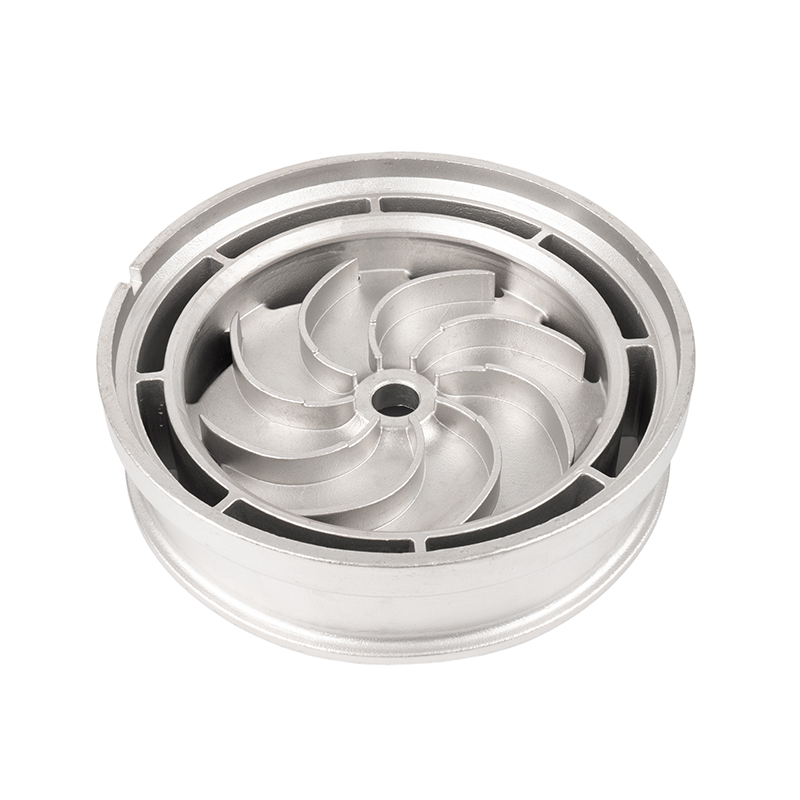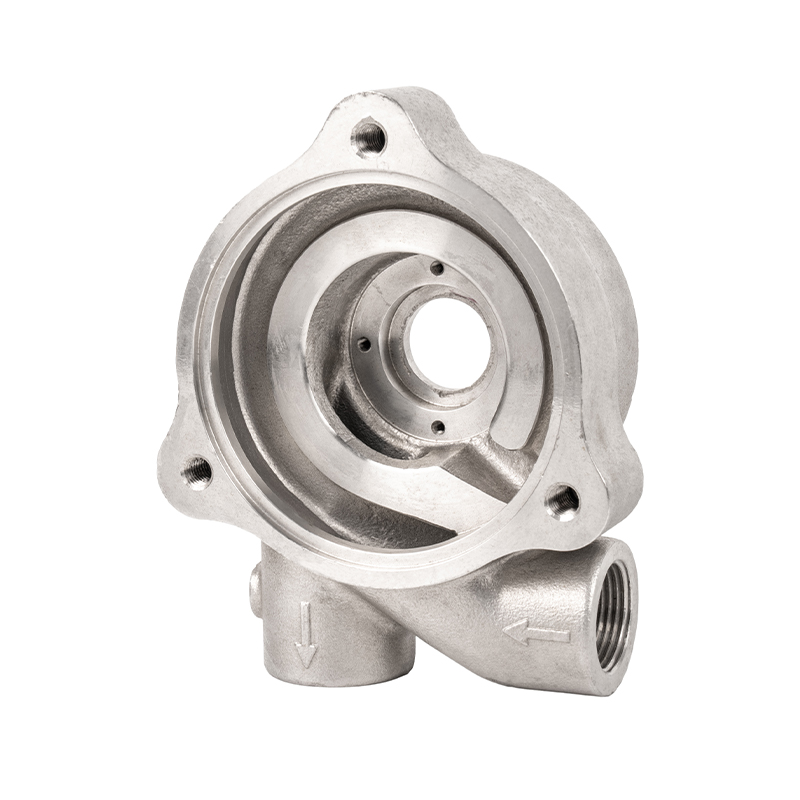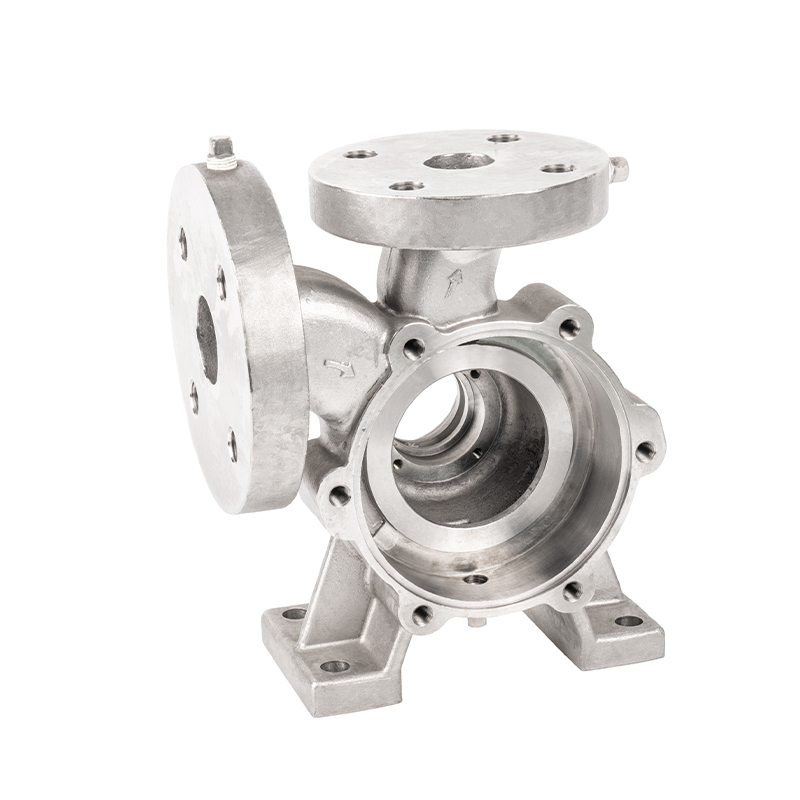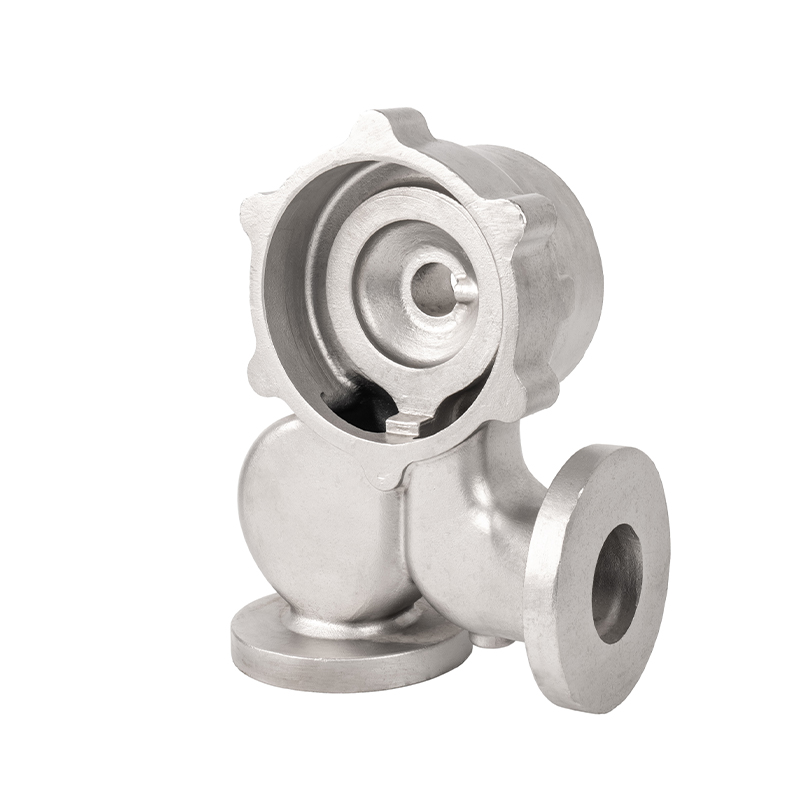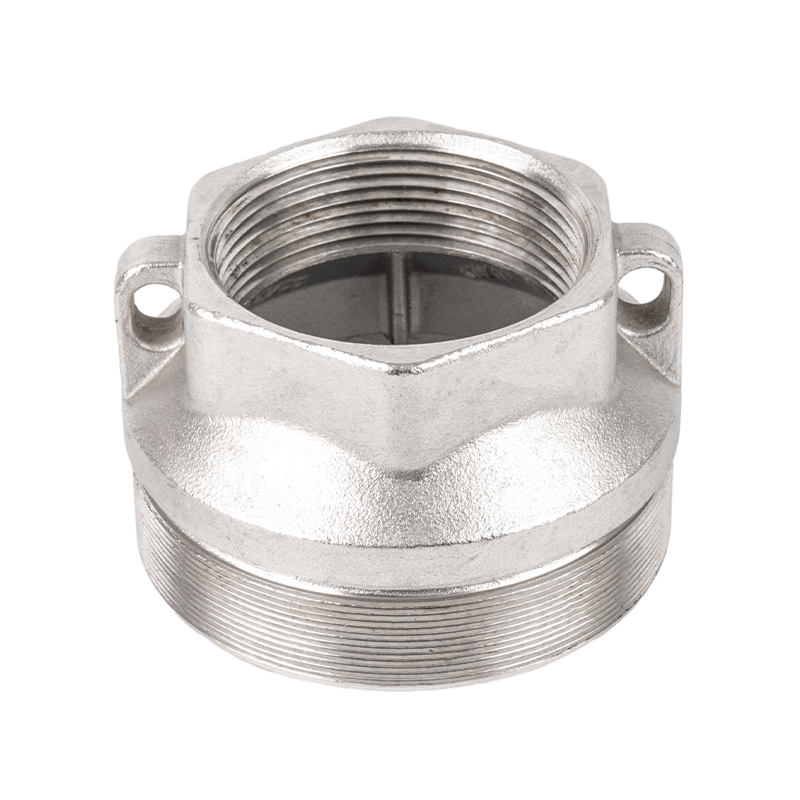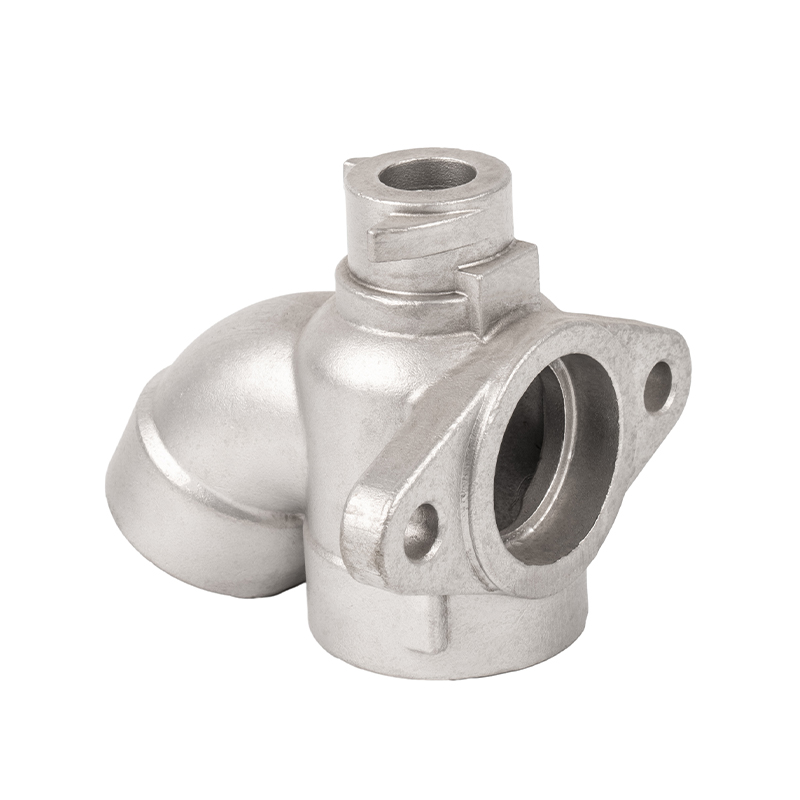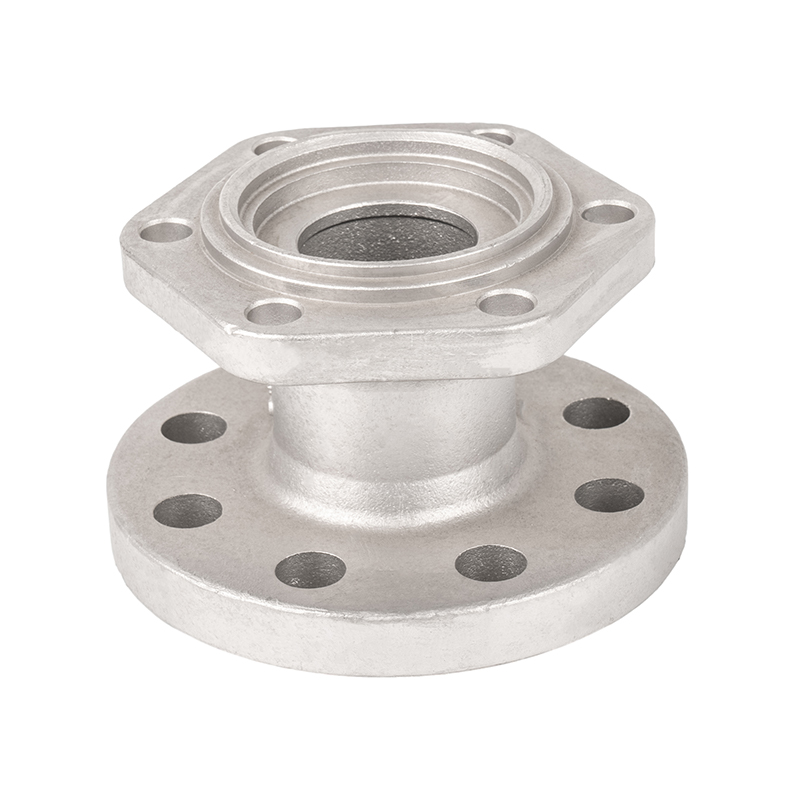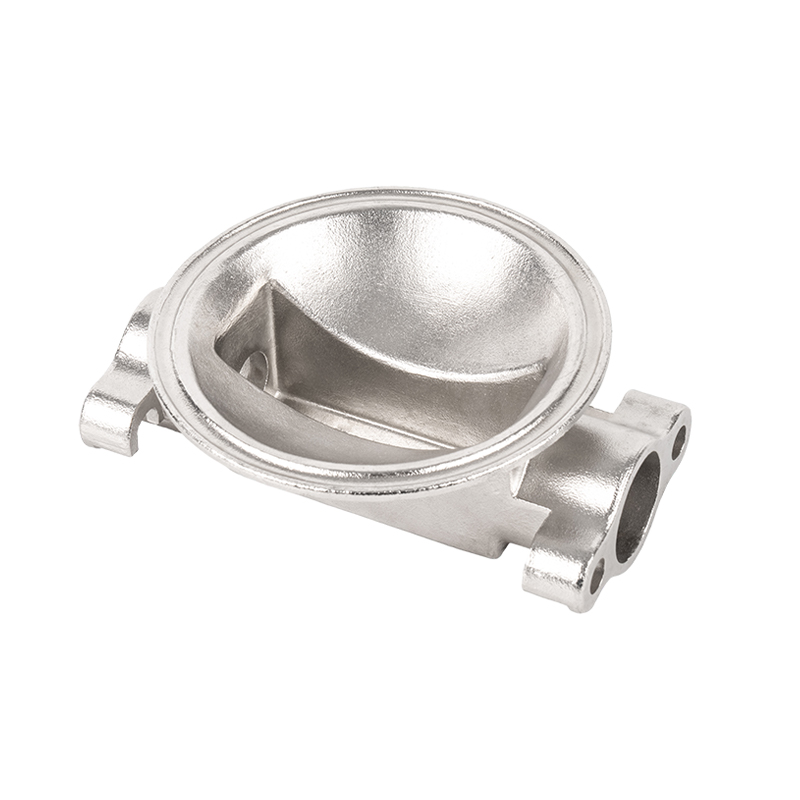How to design the wall thickness of automatic shopping cabinet castings
As a key structural component in automated equipment, the wall thickness design of automatic shopping cabinet castings directly impacts the product's strength, rigidity, casting cost, production efficiency, and final assembly accuracy. For smart retail equipment manufacturers striving for high quality and reliability, professional and meticulous control of casting wall thickness is crucial.
Core Principles of Wall Thickness Design: Uniformity and Gradual Variation
1. The Necessity of Uniform Wall Thickness
In the design of automatic shopping cabinet castings, efforts should be made to maintain uniform wall thickness across the casting cross-section. This is for the following reasons:
Improving molten metal fluidity: Uniform wall thickness ensures consistent flow resistance during mold filling, facilitating complete cavity filling and reducing defects such as misruns and cold shuts.
Controlling the solidification process: Uniform wall thickness ensures similar cooling rates across all parts. This helps achieve synchronous or sequential solidification, a key technical measure for preventing shrinkage and porosity. Especially when using die casting, uniform wall thickness is crucial for maintaining a stable production cycle.
Reducing Internal Stress: Sudden changes in wall thickness are the primary cause of high residual stress in castings. Uniform wall thickness smoothes the shrinkage process, avoiding stress concentrations, thereby reducing the risk of cracking during demolding or post-processing and improving the dimensional stability of the product.
2. Techniques for Gradual Wall Thickness
When the structure of automatic shopping cabinet castings requires a change in wall thickness, such as at the junction of reinforcing ribs and the main wall panel, professional designs must utilize a smooth or gradual transition.
Fillets and Chamfers: Sufficiently large fillets are required at junctions between wall thicknesses. The purpose of fillets is to eliminate sharp corners that can cause stress concentration and provide a smooth transition from thick to thin, preventing the formation of solidification hot spots. The recommended fillet radius is generally no less than 0.5 times the wall thickness, but the specific value should be adjusted based on the alloy properties and casting process.
Draft Angle Design: For changes in wall thickness in the draft direction, a smooth transition should be achieved by setting an appropriate draft angle. This not only facilitates molten metal flow but, more importantly, facilitates smooth demolding of the casting and reduces damage to the mold.
Technical Considerations: Minimum Wall Thickness and Localized Strengthening
3. Determining Minimum Wall Thickness
The minimum wall thickness for automatic shopping cabinet castings is not necessarily thinner. It is constrained by several factors:
Alloy type and fluidity: For die-casting using a fluid aluminum alloy (such as A380 or ADC12), the minimum wall thickness can be designed to be thinner (possibly as low as 1.5mm or even less). However, for alloys with poor fluidity or gravity casting, the minimum wall thickness needs to be increased accordingly.
Casting size and contour: The larger the overall projected area of the casting and the more complex the contour, the greater the minimum wall thickness may need to be to ensure mold filling capacity.
Strength and stiffness requirements: The minimum wall thickness must meet the yield strength and stiffness requirements of the product during installation and long-term use, especially in areas bearing the loads of precision components such as sensors and motors.
4. Local Reinforcement Strategies: Ribs and Bosses
To maintain a thin core wall thickness and achieve lightweighting while improving the local load-bearing capacity of the casting, ribs and bosses are required in the design.
Rib Design: Ribs are a highly effective means of increasing the bending stiffness of a casting. Rib wall thickness should generally be less than or equal to 0.8 times the core wall thickness to avoid thermal joints at intersections. Ribs should be oriented parallel to the principal stress direction and avoid forming a closed "mouth" shape to prevent air trapping.
Boss Design: Bosses are used to mount bolts, studs, or serve as bearing seats. The boss wall thickness should be greater than the diameter of the drilled hole and should transition to the core wall with a large radius to prevent local deformation or cracking during assembly and tightening.
Process Feedback on Wall Thickness Design
5. Application of Mold Flow Analysis
Wall thickness design for modern automatic shopping cabinet castings no longer relies on empirical formulas. Professional foundries utilize mold flow analysis software to virtually verify designed wall thicknesses.
Filling Simulation: This simulates the flow velocity and pressure distribution of molten metal in areas of varying wall thickness, predicting potential gas porosity or unfilled areas and guiding optimization of wall thickness and gating systems.
Solidification Simulation: This predicts the temperature field and solidification sequence within the casting, accurately locating hot spots where shrinkage cavities and porosity may occur. This allows adjustments to localized wall thickness or the design of risers or chills to fundamentally address defects.


 English
English Español
Español русский
русский 中文简体
中文简体

